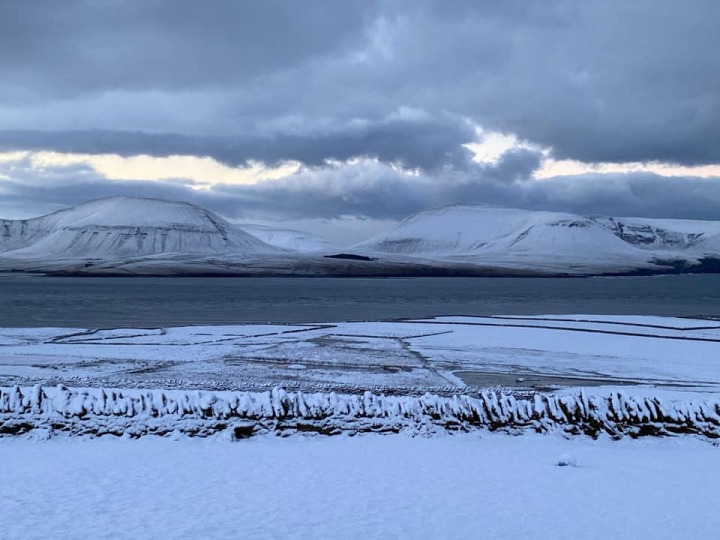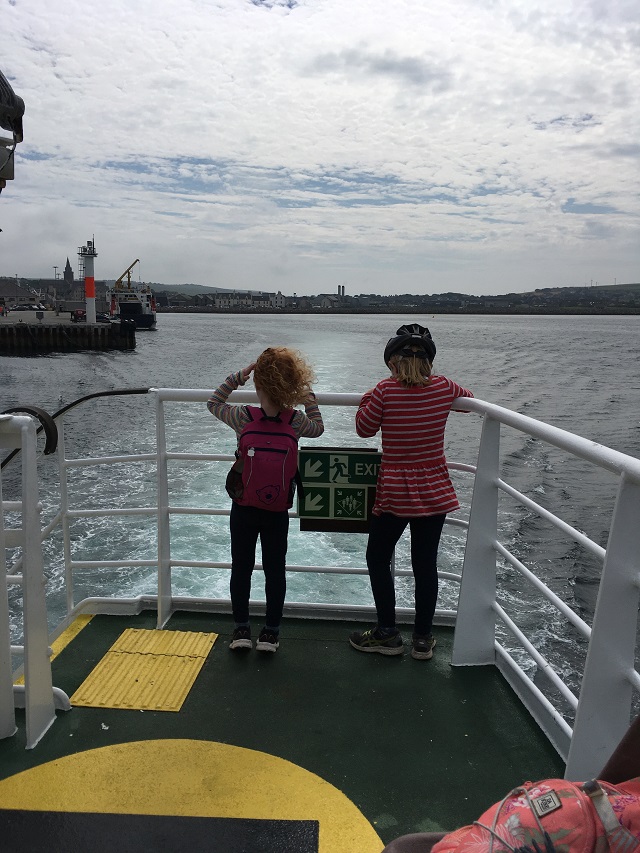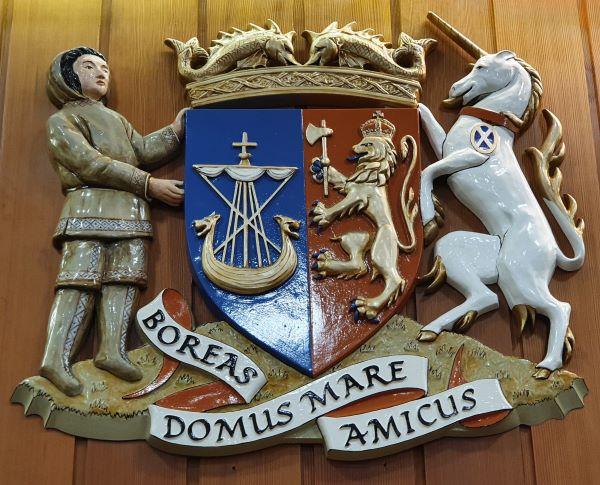Latest News
For press or media enquiries please contact the communications team by email.
-
Orkney Local Action Group appoints a new chair
Orkney Local Action Group (LAG), which brings together representatives from Orkney’s public, private and voluntary sectors, has appointed a new Chair.
Amy Esslemont takes on the role with experience in development, she currently is the head of enterprise support for Highlands and Islands Enterprise and has extensive experience in local and community funding.
15 January 2026
-
Praise for Orkney's collective effort during prolonged winter weather
Orkney Islands Council has shared their gratitude to staff, farmers, emergency services, community groups, volunteers and residents for their patience, resilience and assistance during the recent prolonged period of challenging winter.
14 January 2026
-
Budget detail shows ferry funding secured
Orkney Islands Council Leader Heather Woodbridge has welcomed the Scottish budget announcements made by Cabinet Secretary for Finance Shona Robison in the Holyrood Chamber this afternoon – with early indications being that funding for Phase 1 for Orkney’s Ferry Replacement Programme has been secured.
13 January 2026
-
Occasional Licence - Norman Rendall - Orkney Theatre - Scottish Community Drama Association – Orkney One Act Festival 2025 - 25 - 28 February 2026
The Orkney Islands Area Licensing Board has received an application for occasional licence from Norman Rendall for Orkney Theatre.
13 January 2026
-
Occasional Licence - Hoy & Walls Sailing Club - YM Community Hall - Cocktail Evening and Dance - 14 February 2026
Orkney Islands Council have received an application for an occasional licence from Hoy & Walls Sailing Club for YM Community Hall.
13 January 2026
-
Occasional Licence - Karen Crichton - Stromness Town Hall - Orkney Blues Festival - 24 - 26 April 2026
The Orkney Islands Area Licensing Board has received an application for occasional licence from Karen Crichton for Stromness Town Hall.
13 January 2026
-
Westray Bins Disruption - 12 January 2026
The Westray bin collection has been cancelled today (12 January) due to ferry disruption. An update will be provided as soon as possible on alternative arrangements
12 January 2026
-
Occasional Licences x 3 - Brian Clouston - Firth Community Centre - Events in January & February 2026
The Orkney Islands Area Licensing Board has received three applications for occasional licences from Brian Clouston for Firth Community Centre.
9 January 2026
-
Provisional Premises Licence - The Orkney Wine Barn, Berstane Road, Kirkwall
Orkney Islands Area Licensing Board has received an application for provisional premises licence from The Orkney Wine Barn Ltd for The Orkney Wine Barn, Berstane Road, Kirkwall.
8 January 2026
-
Variation of Premises Licence - Lanes, 18 Bridge Street, Kirkwall
Orkney Islands Area Licensing Board has received an application for variation of premises licence from Kirkjuvagr Limited in respect of Lanes, 18 Bridge Street, Kirkwall, Orkney, KW15 1HR.
8 January 2026









